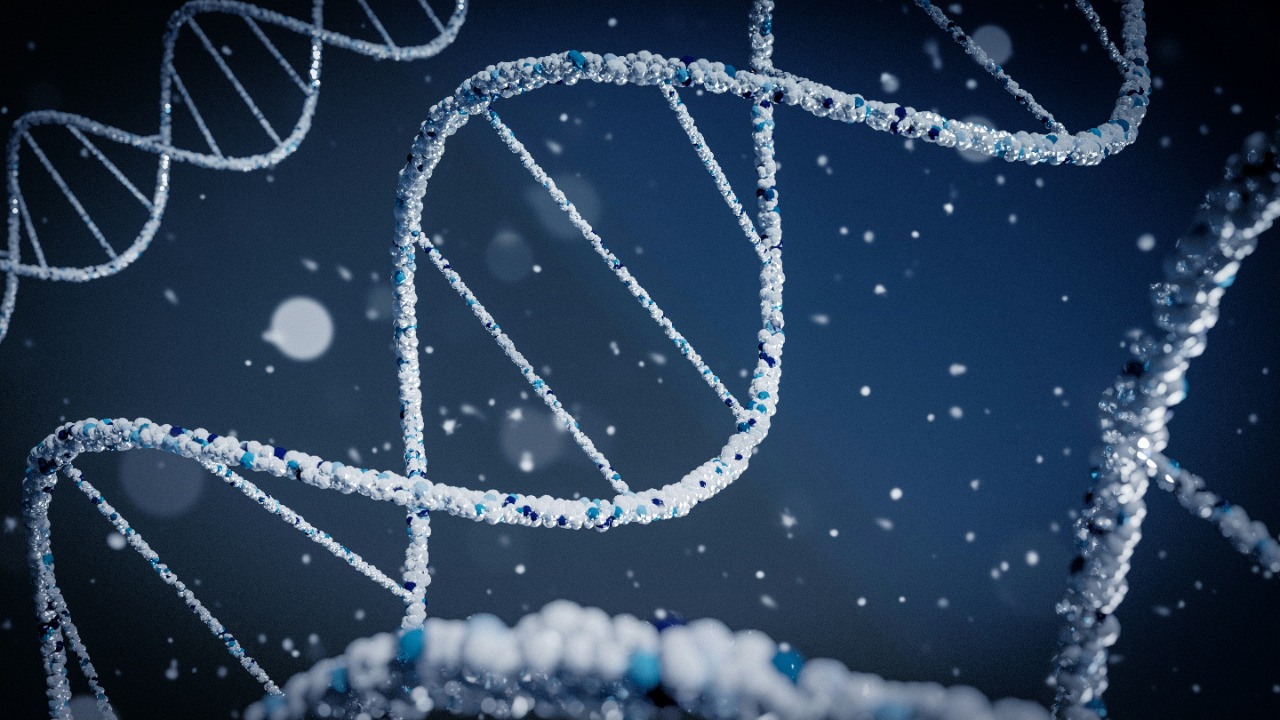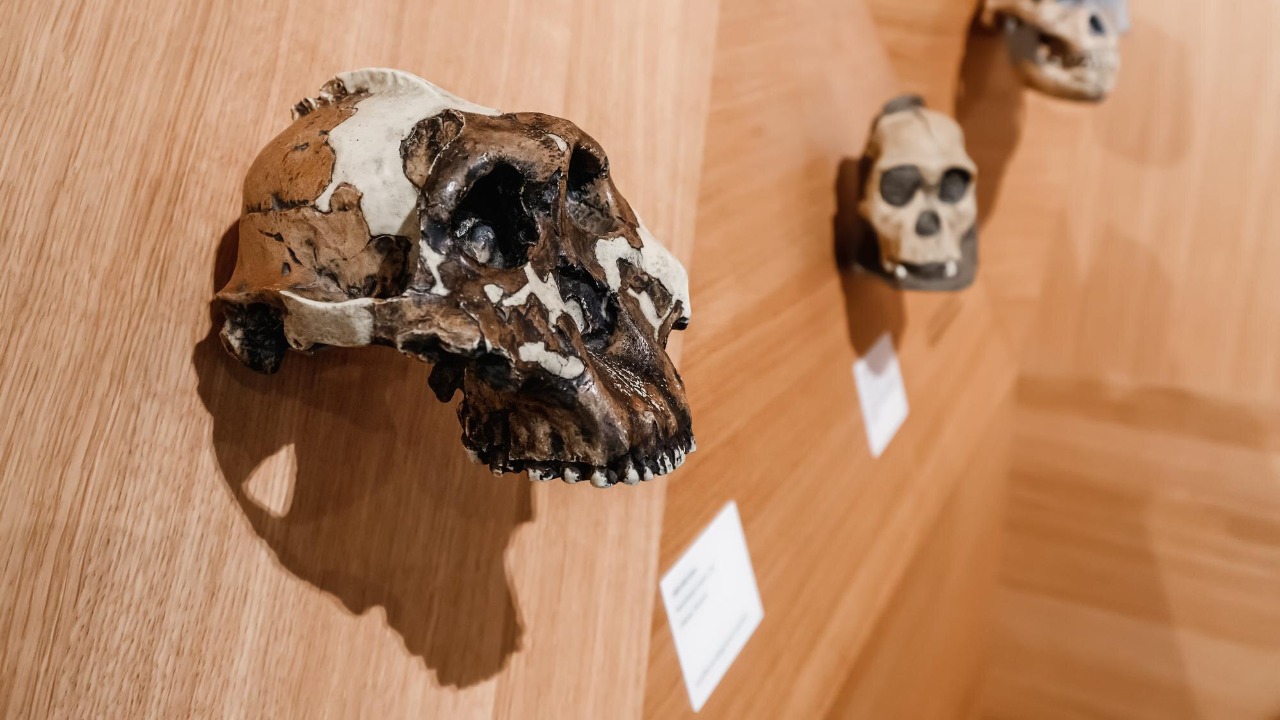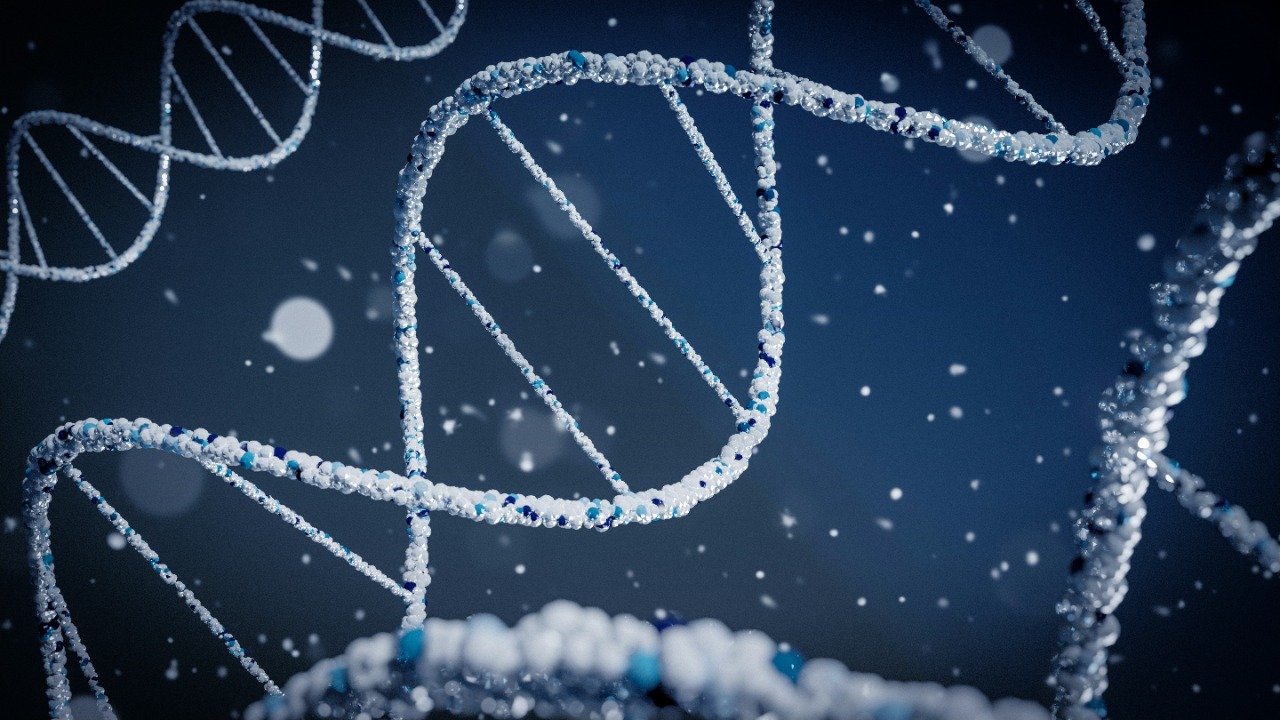
Modern humans and Neanderthals, though closely related, exhibit significant differences in facial structure. These variations are not merely cosmetic but tell a profound story of evolution and adaptation. The evolutionary history, environmental influences, and genetic factors all contribute to the distinct facial features that differentiate us from our ancient relatives.
Evolutionary Divergence and Adaptation

The divergence of modern humans and Neanderthals from a common ancestor is a pivotal moment in evolutionary history. This split occurred roughly 800,000 years ago, setting both species on distinct evolutionary paths. Neanderthals evolved primarily in Europe and parts of Asia, adapting to cold, harsh climates that influenced their physical characteristics. These adaptations are evident in their robust facial structures, such as prominent brow ridges and a large nasal aperture, which helped them survive in frigid environments.
Neanderthals’ adaptations were not only driven by climate but also by the need for survival in rugged terrains. Their facial features, including a more pronounced mid-face and strong jaw, were suited for the physically demanding lifestyle of hunting large game. This contrasts with modern humans, whose evolutionary path led to more gracile features, potentially due to different environmental pressures and survival strategies. Understanding these adaptations provides insight into the broader narrative of human evolution.
Genetic Influences and Developmental Biology

Genetic studies have unveiled the complex differences between the DNA of modern humans and Neanderthals. These genetic variations are crucial in shaping the distinct facial structures observed in the fossil record. For instance, genomic research has identified specific genetic markers linked to facial features such as skull shape and brow ridge prominence. These markers highlight the role of genetics in driving evolutionary changes over millennia.
During growth and development, differences in developmental biology play a significant role in shaping facial features. Neanderthals and modern humans followed unique developmental pathways, resulting in distinct cranial morphologies. Additionally, evidence of interbreeding between Neanderthals and early modern humans has been found, leading to hybridization effects that persist in contemporary human populations. This genetic exchange has left traces of Neanderthal traits in some human genomes today, revealing a fascinating chapter in our shared evolutionary past.
Functional and Environmental Pressures

The environment in which Neanderthals lived imposed significant pressures that shaped their facial features. The cold climates of Europe and Asia required adaptations such as larger nasal cavities to warm the cold air before it reached the lungs. This feature is a clear example of how environmental factors can drive evolutionary changes in physical characteristics.
Diet also played a pivotal role in the evolution of facial structures. Neanderthals relied heavily on meat and required a robust jaw for chewing tough foods. In contrast, the advent of tool use and cooking by modern humans led to dietary changes that favored smaller jaws and more delicate facial features. The evolution of communication and social interaction further influenced facial structure, as expressions and non-verbal communication became increasingly important in human societies, potentially favoring more expressive faces.
Comparative Anatomy and Fossil Evidence

Comparative studies of cranial anatomy provide valuable insights into the differences between Neanderthals and modern humans. Neanderthal skulls, with their elongated shape and prominent brow ridges, starkly contrast with the more rounded and delicate skulls of modern humans. Fossil evidence, such as the notable Neanderthal skulls found in Europe, has been instrumental in reconstructing these differences and understanding the evolutionary pathways that led to them.
Technological advancements, including 3D imaging and computer modeling, have significantly enhanced our ability to study ancient hominins. These tools allow researchers to reconstruct facial features with remarkable accuracy, providing a window into the past. As new fossil discoveries emerge, they continue to refine our understanding of the evolutionary relationships between Neanderthals and modern humans.
Implications for Understanding Human Evolution

The differences in facial structure between Neanderthals and modern humans offer profound insights into the broader processes of human evolution. These variations illuminate the complex interplay of genetics, environment, and cultural evolution that has shaped our species. Studying these differences helps us understand the adaptive strategies employed by our ancestors and the evolutionary pressures that influenced their survival.
Future research holds the promise of uncovering new facets of our evolutionary history. Emerging technologies and interdisciplinary approaches could provide deeper insights into the unanswered questions surrounding human evolution. The cultural and scientific impact of Neanderthal studies is significant, as they challenge us to reconsider what it means to be human and highlight the diversity of the human experience throughout history.